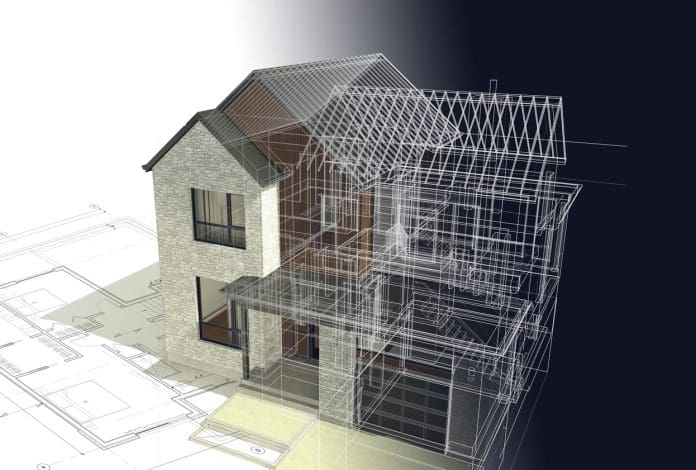Too often misconceived as being just about project delivery, BIM – better information management – is a catalyst for achieving better whole-life outcomes, says Paul Wilkinson, vice-chair of nima – formerly the UK BIM Alliance
In 2010, the UK government set out its BIM vision and it later mandated BIM adoption by 2016 across construction projects procured by central government departments, a demand also echoed by many private sector organisations.
This stimulated a significant digital transformation for many players in the industry – particularly those engaged in designing and constructing new projects – as they looked to deliver new buildings and other infrastructure assets using BIM processes and tools.
Perhaps inevitably, this led many people to associate BIM only with clients’ new build projects (the capital phase) and to think of it as something that was mainly the preserve of architects, engineers, contractors and their supply chains. It also created a common misconception that BIM was mainly about design or 3D modelling. To some extent, this perhaps reflected the early focus of UK implementation UK BIM processes were detailed in prototype documents that became the basis for Parts 1 and 2 of the international ISO 19650 standard, published in late 2018.
These were augmented in the UK in 2019 by the UK BIM Framework, a set of guides and resources aimed at making BIM business as usual. The framework is today
maintained by nima (formerly the UK BIM Alliance) and
British Standards Institute (BSI), and endorsed by the UK
government’s Construction Playbook and the Transforming Infrastructure Performance Roadmap to 2030.
While Part 1 of ISO 19650 was about whole life, it wasn’t until the summer of 2020 that the set of standards explicitly extended to the post-construction phase. ISO 19650 Part 3 was published to enable asset owner-operators to establish their information requirements for the operational phase of an asset. Part 3 is aimed at:
- Those managing assets and facilities.
- Those specifying appointments and facilitating collaborative working across the entire lifecycles of assets.
- Those delivering asset management and facility management functions during the operational phase of those assets.
- Those specifying information required for operational purposes that must be captured during asset delivery.
From BIM to IM
Partly to counter those misconceptions about BIM, the UK BIM Alliance changed its name to nima in October 2022. By downplaying BIM and focusing on wider information management (IM) challenges, we felt we could better engage with those that previously felt excluded by what they saw as a design and construction process.
We also wanted to encourage conversations about how information about built and managed assets could potentially be reused and combined with other data to enable new digital opportunities.
We have both immediate information requirements such as building safety and the Golden Thread, and medium- to long-term opportunities such as smart buildings (and cities) and digital twins.
And ongoing technological developments applying artificial intelligence (AI) and machine learning to the built environment will need to be built on good quality, reliable and assured information. This will include both information captured during asset delivery (the capital phase), and what will likely be a growing volume of information generated from operation, upkeep, extension and improvement of those assets across their whole life.
Whole-life thinking
Nima has adopted and is encouraging a whole-life view. It seeks to enable information to flow from the very earliest stages of a product manufacturer creating information about components right through to a maintenance team being able to access, capture and reuse information as part of their FM programme.
Thinking whole-life also means taking a holistic approach (“starting with the end in mind”): considering how effective information management can, for example, support the dismantling of a building or other asset so that its constituent parts can be reused or recycled (circular economy thinking).
Accordingly, the focus of the next free-to-attend nima Virtual Conference, to be held online on 18 April 2024, is on how data-driven approaches can help create and manage better whole-life outcomes across the built and natural environment.
Nima’s 2023 Virtual Conference attracted over 1,200 pre-registrations; more than 900 unique visitors attended on the day, and we expect the April event to be even bigger, with the same lively mix of keynote speakers, discussion panels and dedicated virtual exhibition networking spaces.
New BIM: Better information management
The conference will be taking place as industry discussions and consultations continue about how to encourage better implementation of data and information management in the UK built environment. As previously mentioned in BIM Today, nima has been working with industry partners to review how information management can help the sector become safer, greener and more efficient and productive.
Vitally, this continuing industry engagement includes inputs from owner-operator clients and from facility and asset management communities wanting to deploy better information management (a common alternative BIM) to maximise return on investment across the whole life of their built and managed assets.
Paul Wilkinson
Vice-chair
nima

















